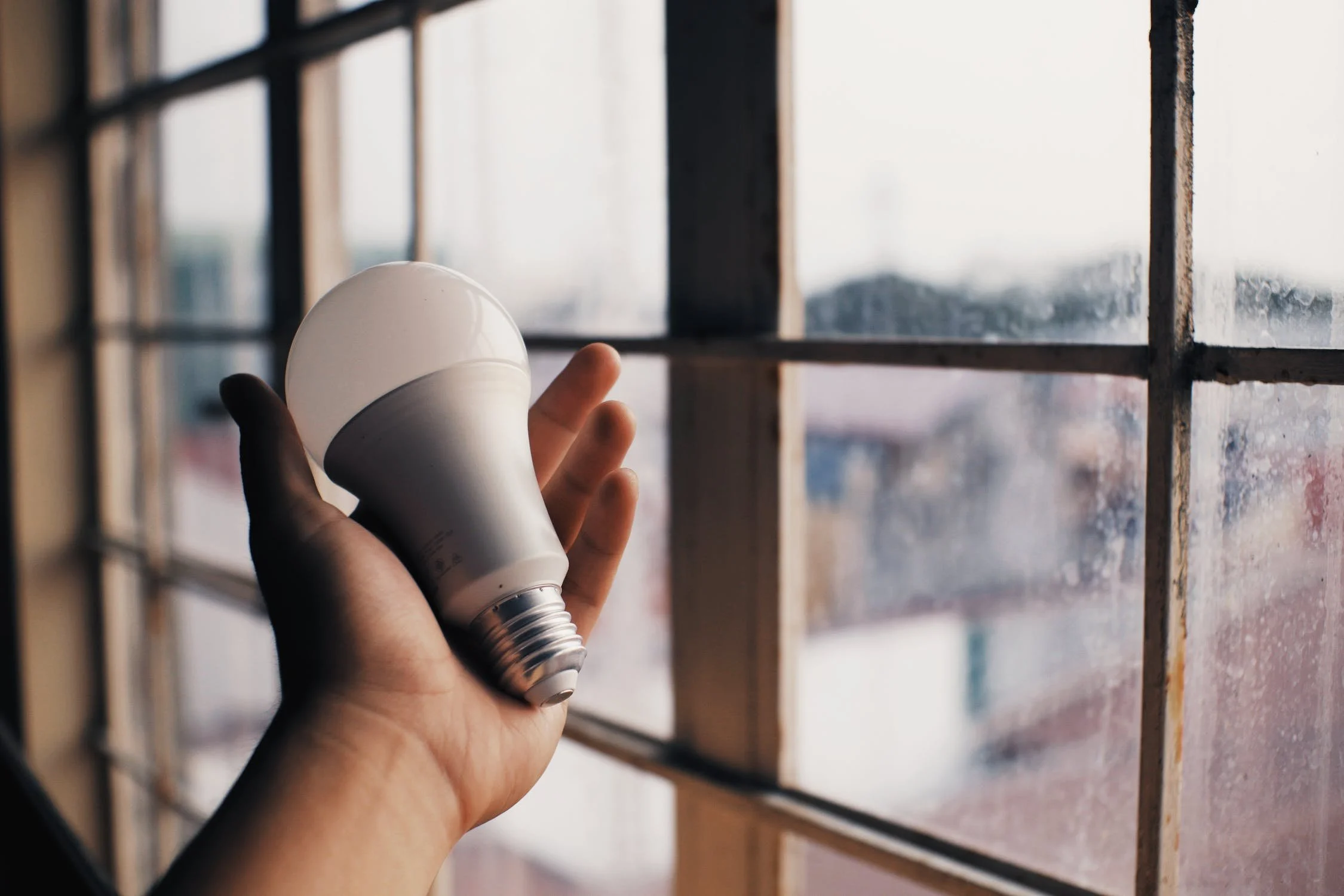Energy-Efficient Home Upgrades for Long-Term Homeowners
Energy costs are on the rise, along with too many other things across Austin, Texas. Long-term homeowners have the experience to know how important prioritizing affordability can be. Whether you’re nearing retirement or already retired, making some smart investments could save you money and set you up for the long term. Even small energy-efficient home upgrades can make a large impact on energy costs for homeowners 55+ and go a long way toward making your home both comfortable and energy efficient.
Small Energy-Efficient Changes That Will Pay For Themselves Quickly
The first change we typically recommend is installing a smart thermostat (such as a Nest Learning Thermostat). They pay attention to your usage – meaning it learns temperature you like your home at which part of the day – and then the thermostat will adjust its run schedule to ensure you get the temperature you desire while running the system at the ideal time to minimize your electric bill. Smart thermostats cost around $250 and we’ve seen them save homeowners almost that much in a single month of Texas summers.
The second change is light bulbs. While there was a big push for long-lasting light bulbs 15-20 years ago, the bulbs that were promoted were mostly compact fluorescent (CFL) bulbs. They did have less energy usage than the traditional incandescent – about 35% less – but there were many complaints on the quality of light. Now LED light bulbs are even more efficient (90% more efficient than incandescent), last up to 25 years, and you can adjust their warmth and brightness for completely customizable lighting throughout your home.
Third, we recommend looking at the weather stripping on windows and doors. Keeping the heat (or cool air) in your home doesn’t cost much but saves you a lot on your energy bill.
Adding Insulation is a Bigger Budget Expense But Will Pay For Itself
When homeowners have spent a long time in their home and plan to age-in-place, there are certain home maintenance projects that are typically overlooked. First among these is attic insulation.
The rule of thumb is attic insulation should be replaced every 15 to 20 years. Over time, insulation will settle and shrink – proving less, well, insulation for your home. This leads to higher heating costs in winter and higher cooling costs in summer. This also means your HVAC system will be running longer to keep up, reducing your HVAC system’s lifespan.
Replacing your attic insulation will typically cost between $1 and $4.50 per square foot, depending on type, material, area et cetera. But this new insulation will commonly save its cost in energy costs in 1-2 years – especially if the insulation in your home hasn’t been replaced in 15-20 years.
Are Solar Panels On Your Roof Worth It?
This is a question we get a lot, and the answer is unfortunately it depends. The off-the-cuff estimate is it will take 6-10 years for the investment in solar panels on your roof to save you money. So a homeowner that is 55 and still in the peak earning years of their career, making that investment in solar panels now so they will be saving money every month when they are retired can make sense.
This being said, there are other factors that need to go into the calculation whether solar panels are worth it, including your home’s orientation (a large part of your roof being south-facing increases solar panel’s effectiveness) among other aspects. Figuring out whether solar panels are right for a home is one of the conversations we commonly have with homeowners in our monthly subscription service. For $99 per month, they get a monthly hour-long visit from a handyman to handle tasks such as replacing the weather stripping on windows and doors, replacing light switches & door knobs, or handle the monthly maintenance for your HVAC system). At no additional cost, we will also coordinate any larger project such as installing solar (or simply vetting its viability), replacing windows, or installing new insulation. Your home coordinator will vet contractors, get bids, and ensure you get what you pay for. Contact us to learn how we can help you.


